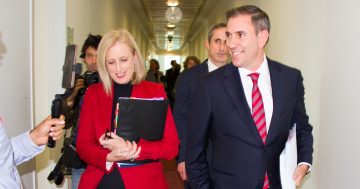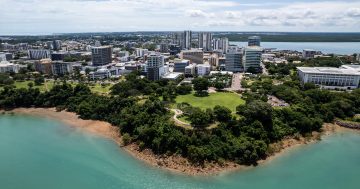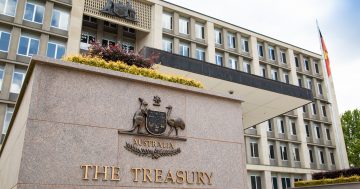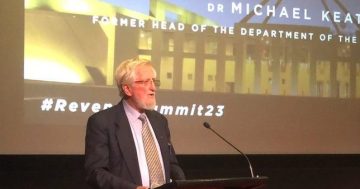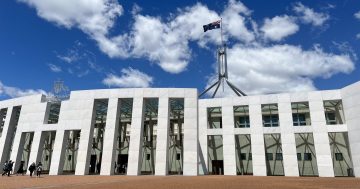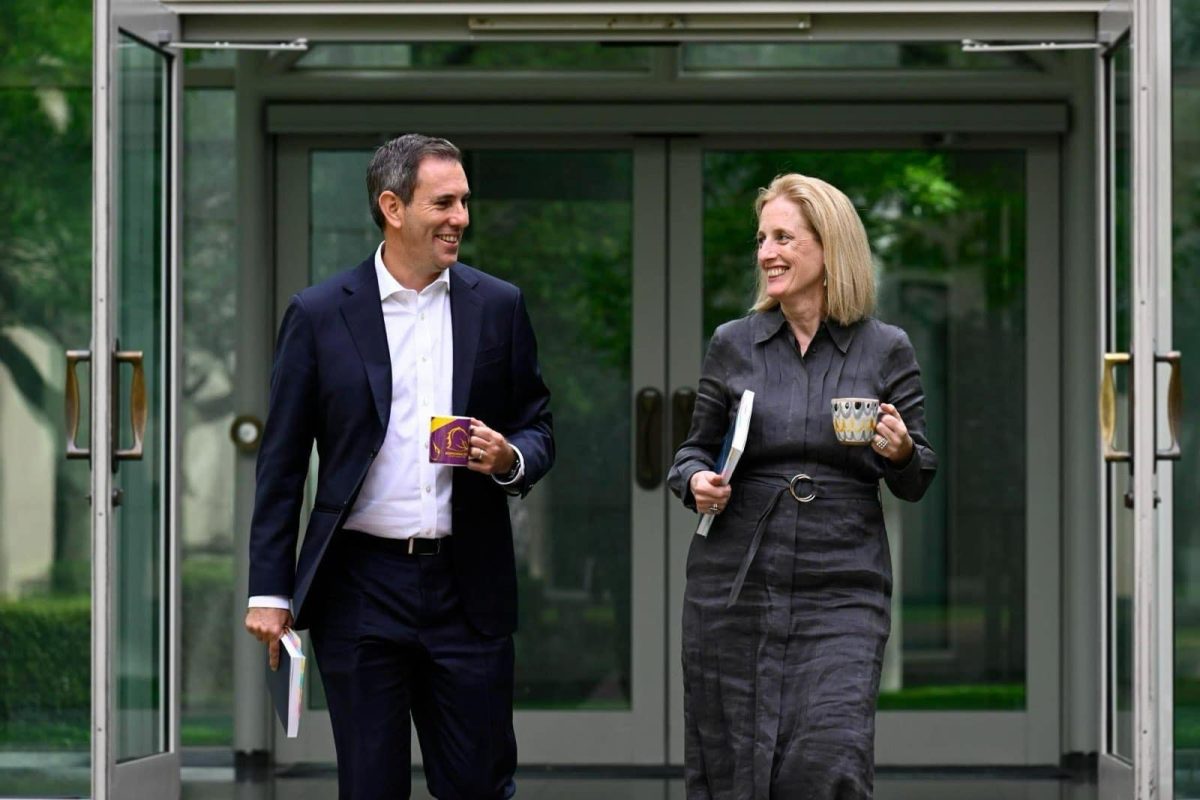
The Federal Government called the MYEFO a demonstration of “responsible economic management”. Photo: Facebook/Jim Chalmers MP.
On 13 December, the Federal Government released its Mid-Year Economic and Fiscal Outlook (MYEFO) for the 2023-24 financial year.
The update shows a 92 per cent return of upward revisions to revenue since the initial Budget announcement in May and 88 per cent of revenue upgrades from the beginning of Labor’s term in government. Meanwhile, the underlying cash balance is forecast to be a lower-than-expected deficit of $1.1 billion in 2023-24.
Along with the first budget surplus in 15 years, the update also shows deficits and debt are lower in every year of the forward estimates compared to May by $12.8 billion.
The Labor Government lauded its $55.4 billion turnaround and expects to avoid $145 billion in interest costs on inherited debt over 12 years.
Treasurer Jim Chalmers said the government’s three-part economic plan aims to help those struggling through the Christmas period by continuing its $23 billion cost-of-living relief package, but more focus has been put on reducing the government’s debt so it can better deal with an unstable global economy and rising interest rates.
Finance Minister Katy Gallagher said this latest result was due to the $9.8 billion in savings and reprioritisation made under the government’s budget repair. Since the election, it has totaled $49.6 billion, of which $7.4 billion relates to the infrastructure investment program.
“So that’s reprioritising and reprofiling some of those projects, which is the work Catherine King’s been doing about trying to get that program in better shape,” she said.
“It was again, unsurprisingly, projects promised by the former government without any funding attached. So it was oversubscribed, unrealistic time frames.”
In spite of the cuts, Minister Gallagher said infrastructure request pressures and project planning discussions will continue between the Commonwealth, states and territories.
The MYEFO forecasts growth to moderate in the near term, but for the economy to expand by 1.75 per cent in 2023-24.
Unemployment is expected to rise slightly, but has recorded the longest consecutive run below 4 per cent since monthly records began. The government has set a record first term with over 620,000 jobs created and the fastest annual wage growth rate since 2009.
When the Treasurer was asked if cancelling the stage three tax cuts were responsible given the current economy, he said the government’s priorities on tax reform lay elsewhere.
“We’ve also found, I think, a really effective way to provide cost‑of‑living relief to people on low and middle incomes,” he said.
Within the government’s cost-of-living relief package is a $6.5 billion investment boosting housing supply and affordability, along with other measures to ease pressures, including the biggest increase in Commonwealth Rent Assistance for three decades.
The Australian Bureau of Statistics (ABS) said the policies have reduced inflation by 0.5 per cent in the year up to September, while Treasury estimates a further 0.75 per cent in the 2024 June quarter.
Mr Chalmers was also asked why Treasury expected inflation to return to the target band before the RBA’s estimates.
“The forecasts that you see in the mid‑year update are consistent with what I’ve been saying for the last couple of weeks, which is that the volatility in oil prices in recent months meant a small uptick in the forecast in the near term, but no change to Treasury’s expectations for when inflation will return to the target band in 2025,” he said.
Yet he was more defensive when asked how confident the Australian public should be on Treasury’s forecasts, given their underestimation of the commodity price surges.
“We are deliberately, and the Treasury is deliberately cautious and conservative when it comes to forecasting revenue and there’s a good reason for that. That’s because our predecessors were frankly humiliated when they overpromised and underdelivered on the budget,” he said.
“It wasn’t that long ago that some of the prices for key commodities were actually below the glide path that was anticipated in the May Budget, and so this can go both ways.”


